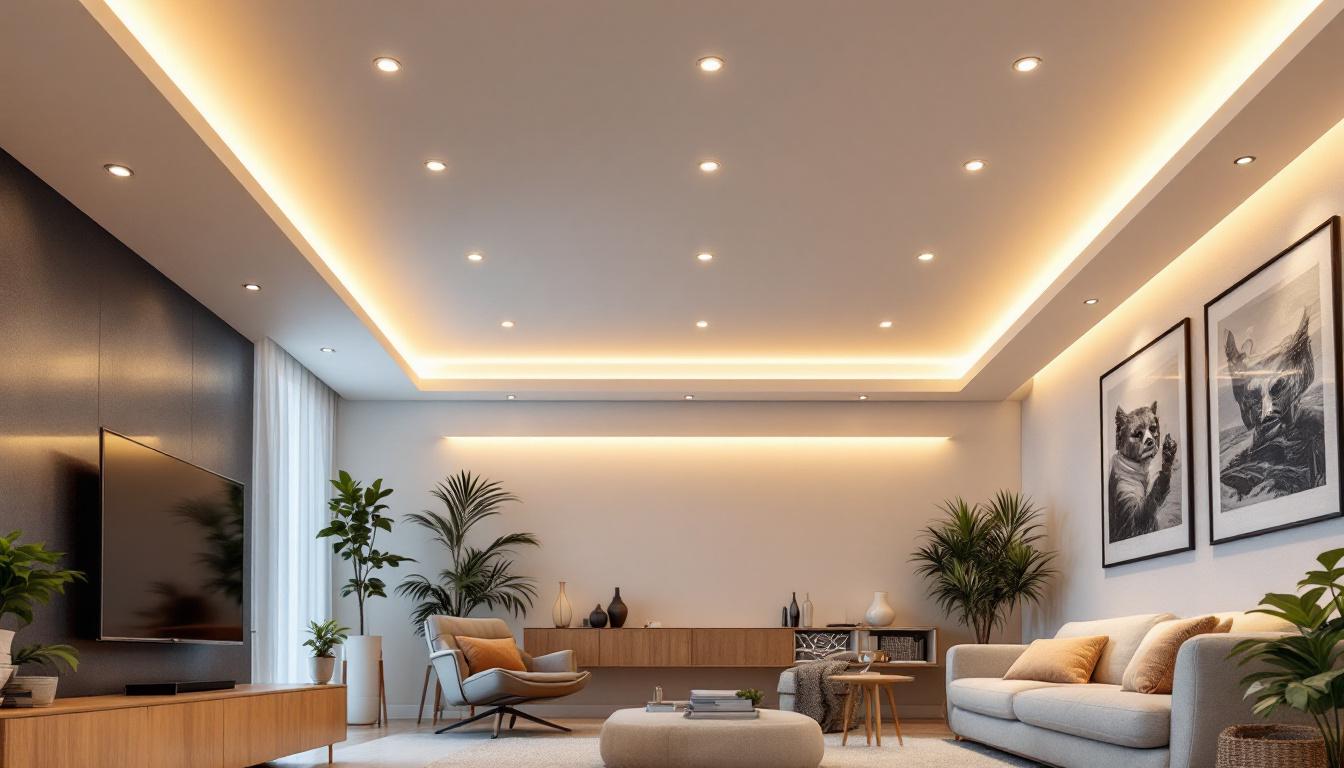
recessed ceiling lighting, also known as can lighting or pot lighting, has become increasingly popular in both residential and commercial applications. This type of lighting offers a sleek and modern aesthetic, allowing for a clean ceiling line while providing ample illumination. However, the installation and compliance aspects of recessed lighting require careful consideration by lighting contractors.
As the demand for recessed lighting grows, so does the need for contractors to stay informed about the latest compliance regulations and best practices. This article will delve into the essential aspects of recessed ceiling lighting that contractors must be aware of to ensure successful installations and satisfied clients.
There are several types of recessed lighting fixtures available on the market, each designed for specific applications and environments. Understanding these types is crucial for selecting the right fixture for a project.
In addition to these categories, recessed lighting can also be differentiated by the type of bulb used. LED, halogen, and fluorescent options each have their own set of advantages and disadvantages. For instance, LED recessed lights are highly energy-efficient and have a longer lifespan compared to their halogen counterparts, making them an increasingly popular choice among eco-conscious consumers. Halogen bulbs, while offering a warmer light quality, tend to consume more energy and generate more heat, which can be a concern in tightly sealed spaces. Understanding the nuances of these lighting options allows contractors to provide tailored recommendations that align with their clients’ needs and preferences.
Moreover, the placement of recessed lighting plays a vital role in achieving the desired ambiance and functionality of a space. Proper spacing and alignment can enhance the overall aesthetic, ensuring that light is evenly distributed without creating harsh shadows or overly bright spots. For example, in a living room, fixtures may be strategically placed to highlight artwork or architectural features, while in a kitchen, they can provide focused illumination on work surfaces. By considering the specific requirements of each room, contractors can help clients maximize the benefits of recessed lighting, transforming ordinary spaces into beautifully lit environments.
Compliance with local codes and regulations is paramount for lighting contractors. Failure to adhere to these standards can result in safety hazards, legal issues, and costly rework. Understanding the compliance landscape surrounding recessed lighting is essential for successful installations.
The National Electrical Code (NEC) provides a comprehensive set of guidelines that govern electrical installations, including recessed lighting. Contractors must familiarize themselves with these codes to ensure that their installations meet safety standards.
Key NEC considerations for recessed lighting include proper wiring methods, circuit protection, and fixture ratings. For example, it is crucial to ensure that the fixture is rated for the intended use and that it is installed according to the manufacturer’s specifications. Additionally, proper grounding and bonding practices must be observed to prevent electrical hazards. The NEC also emphasizes the importance of using fixtures that are suitable for the specific environment, such as wet or damp locations, which can significantly affect the longevity and safety of the installation.
Energy efficiency is a significant consideration in modern lighting design. Many jurisdictions have adopted energy codes that require compliance with specific efficiency standards. Contractors should be aware of these requirements when selecting fixtures and designing lighting layouts.
For recessed lighting, this often means choosing LED options that meet or exceed energy efficiency benchmarks. Additionally, understanding the implications of dimming systems and controls can further enhance energy savings and compliance with local regulations. Incorporating smart lighting solutions that allow for automated adjustments based on occupancy or daylight availability can not only improve energy efficiency but also contribute to a more sustainable approach to lighting design. Furthermore, staying updated on local incentives for energy-efficient installations can provide financial benefits and encourage the adoption of greener technologies.
Proper installation of recessed ceiling lighting is vital to ensure functionality, safety, and aesthetic appeal. Following best practices can help contractors achieve optimal results and minimize potential issues.
Before installation, careful planning of the lighting layout is essential. This involves considering the room’s dimensions, purpose, and the desired lighting effect. A well-planned layout can enhance the overall ambiance and functionality of the space.
Contractors should take into account factors such as the height of the ceiling, the spacing between fixtures, and the type of lighting needed for specific tasks. For instance, task lighting in kitchens may require more focused illumination, while ambient lighting in living areas can be more diffuse.
Placement of recessed fixtures plays a critical role in achieving the desired lighting effect. Fixtures should be positioned to minimize shadows and ensure even distribution of light. A common guideline is to space fixtures approximately 4 to 6 feet apart, depending on the fixture’s lumen output and the ceiling height.
Additionally, contractors should consider the angle of the fixtures. Adjustable or gimbal-mounted recessed lights can provide versatility in directing light where it is needed most, enhancing the overall effectiveness of the lighting design.
Even experienced contractors may encounter challenges during the installation of recessed ceiling lighting. Being prepared to address these issues can lead to smoother projects and happier clients.
One common challenge is navigating ceiling joists during installation. In new construction, this is less of an issue, but in remodels, contractors may need to work around existing structures. Careful planning and the use of remodel fixtures can help mitigate this challenge.
When joists are in the way, it may be necessary to use special mounting brackets or adjust the layout to ensure that fixtures are securely installed without compromising the ceiling’s integrity.
Heat management is another critical consideration, especially for non-IC rated fixtures. These fixtures must be installed with adequate spacing to allow for proper airflow and prevent overheating. Contractors should be aware of the specific requirements for each fixture type and ensure that they adhere to these guidelines during installation.
In addition, incorporating ventilation solutions, such as ceiling fans or HVAC systems, can help maintain a comfortable environment while preserving the longevity of the lighting fixtures.
Beyond compliance and installation, recessed ceiling lighting offers opportunities to enhance both aesthetics and functionality. Contractors should consider how to leverage these aspects to create spaces that are not only well-lit but also visually appealing.
The trim and finish of recessed fixtures can significantly impact the overall look of a space. Contractors should offer clients a variety of options, including different colors, materials, and styles, to match the interior design of the room.
For instance, a sleek, minimalist trim may be ideal for modern spaces, while a more decorative trim can add character to traditional settings. Understanding the client’s design preferences can help contractors make informed recommendations.
Smart lighting technology is becoming increasingly popular, allowing for greater control and customization of lighting environments. Contractors should be knowledgeable about the various smart lighting options available, including dimmers, color-changing features, and integration with home automation systems.
By offering smart lighting solutions, contractors can provide clients with enhanced functionality and convenience, setting their services apart in a competitive market.
Once the installation is complete, there are several post-installation considerations that contractors should keep in mind to ensure client satisfaction and the longevity of the lighting system.
Educating clients about the maintenance of recessed lighting is essential for preserving the quality and performance of the fixtures. Contractors should provide clear guidelines on how to clean fixtures, replace bulbs, and address any potential issues that may arise over time.
Regular maintenance can prevent problems such as reduced light output or fixture failure, ensuring that clients enjoy their lighting for years to come.
After completing a project, contractors should encourage feedback from clients. This not only helps identify areas for improvement but also fosters a positive relationship that can lead to future referrals and repeat business.
Follow-up communication can also provide an opportunity to address any questions or concerns clients may have after the installation, reinforcing the contractor’s commitment to quality and customer satisfaction.
Recessed ceiling lighting presents both opportunities and challenges for lighting contractors. By understanding compliance regulations, following best practices for installation, and addressing common challenges, contractors can ensure successful projects that meet client expectations.
Moreover, by enhancing aesthetics and functionality through thoughtful design choices and smart technology integration, contractors can elevate their services and stand out in a competitive market. Ultimately, staying informed and proactive will lead to successful installations and satisfied clients in the ever-evolving world of recessed ceiling lighting.
Ready to take your recessed ceiling lighting projects to the next level? LumenWholesale is here to support you with high-quality, spec-grade lighting products at unbeatable wholesale prices. Say goodbye to local distributor markups and hello to a vast selection of industry-standard lighting that promises reliability and high performance. With free shipping on bulk orders, we ensure you get the best value without any hidden fees. Elevate your service offerings and delight your clients with the perfect blend of quality, affordability, and convenience. Visit LumenWholesale today and experience wholesale lighting at the best value.
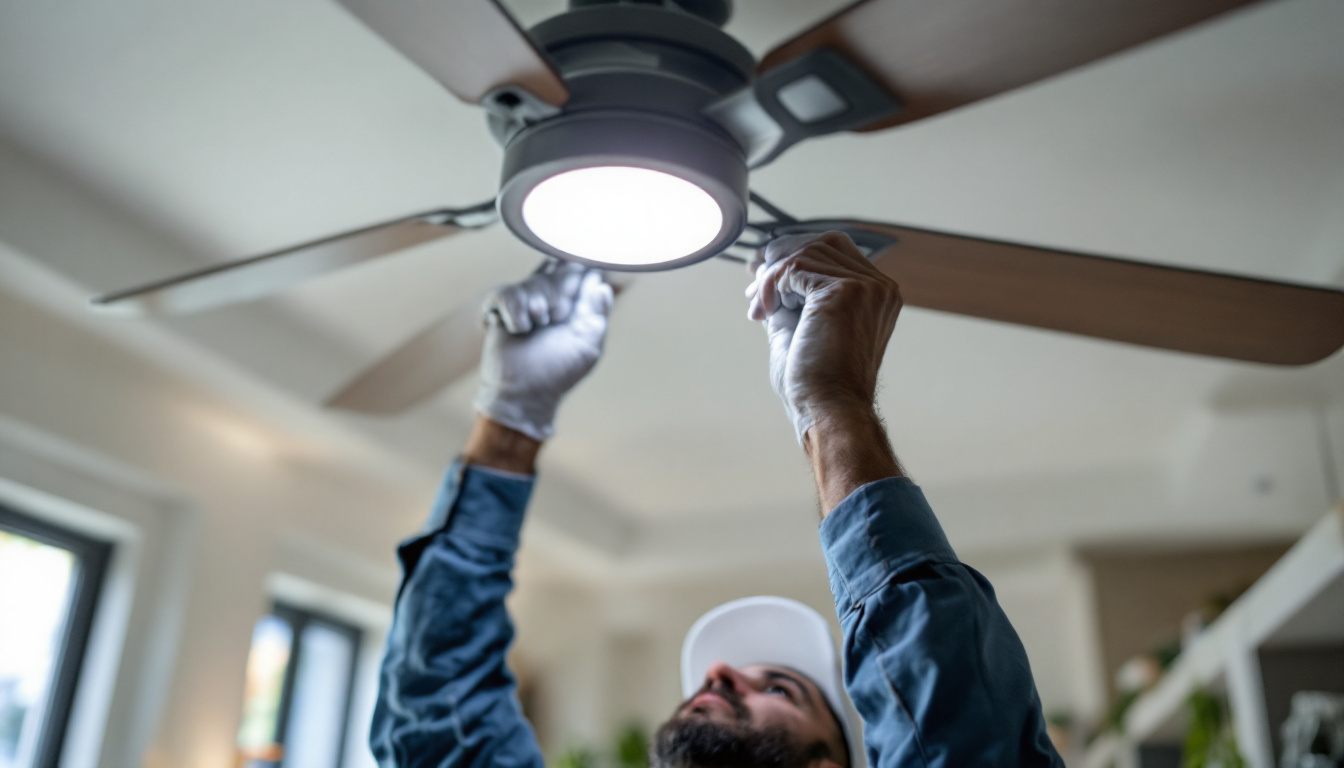
Discover essential insights into ceiling fan switches that every lighting contractor should know.
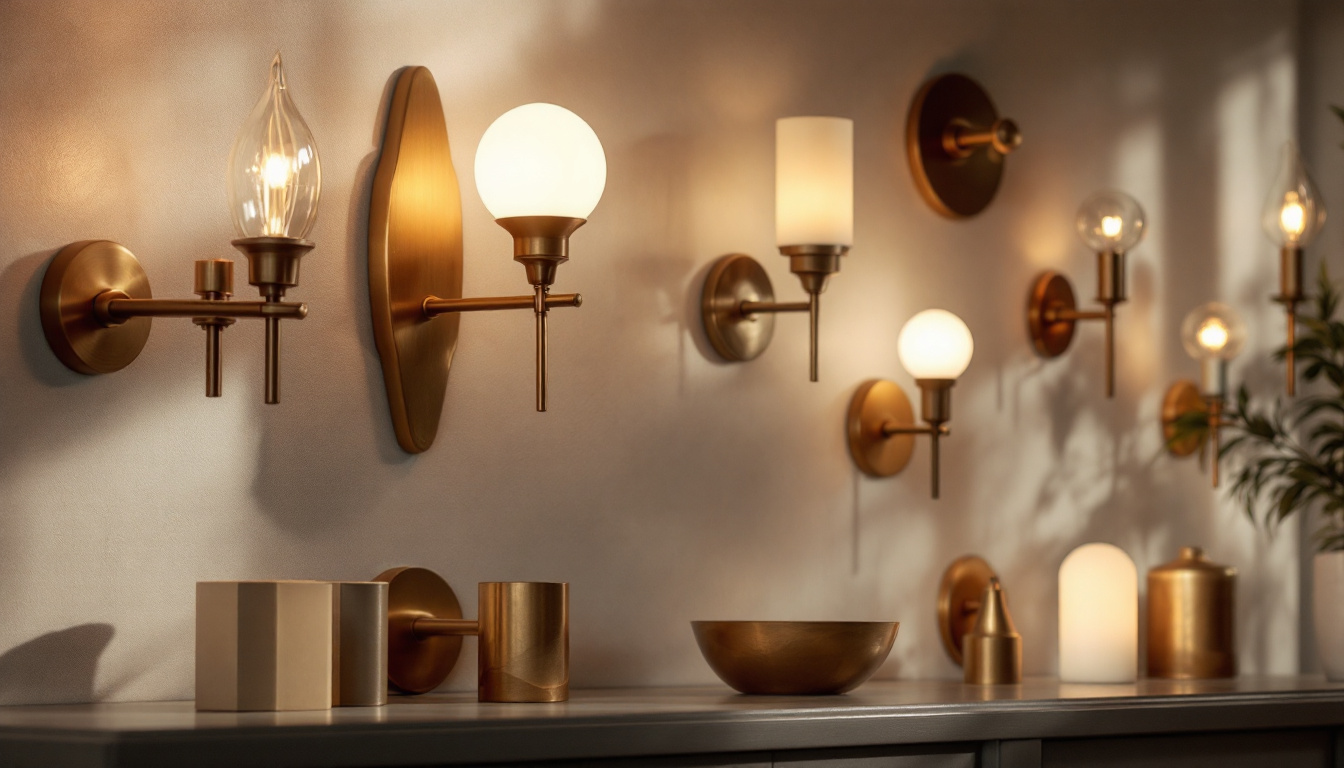
Explore the diverse shapes of gooseneck brass sconces and discover how understanding these designs can give lighting contractors a competitive edge in winning more bids.
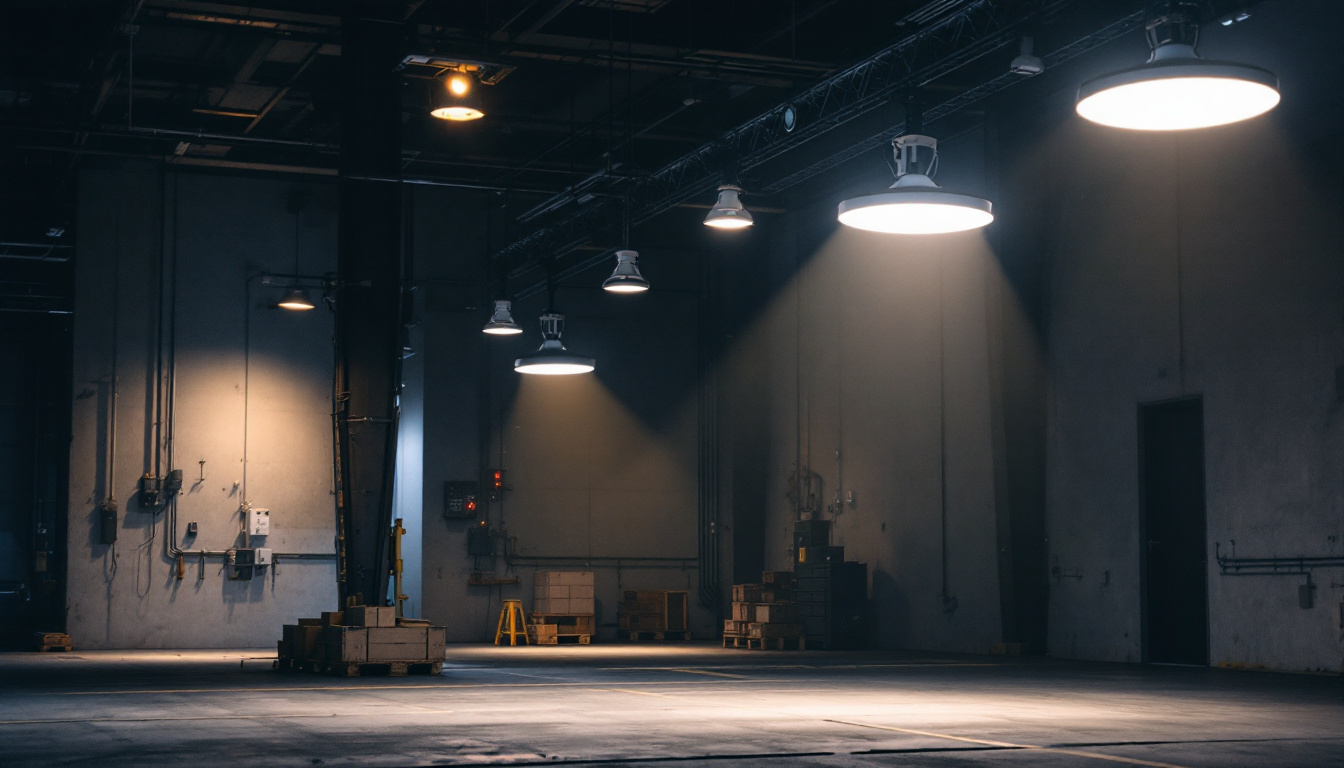
Discover essential tips for lighting contractors to seamlessly integrate LED UFO high bay lights into projects.
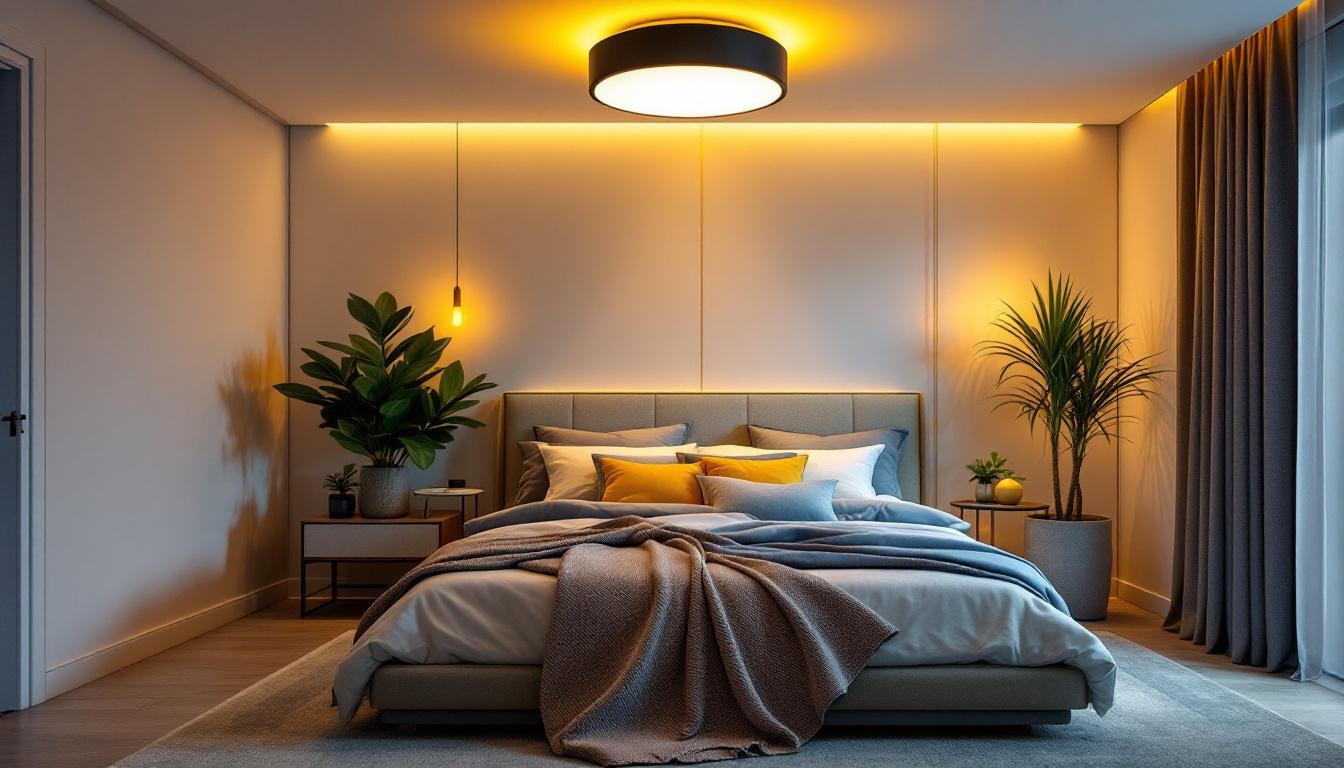
Discover expert insights with our quick tips from lighting contractors on choosing the perfect bedroom flush mount light.